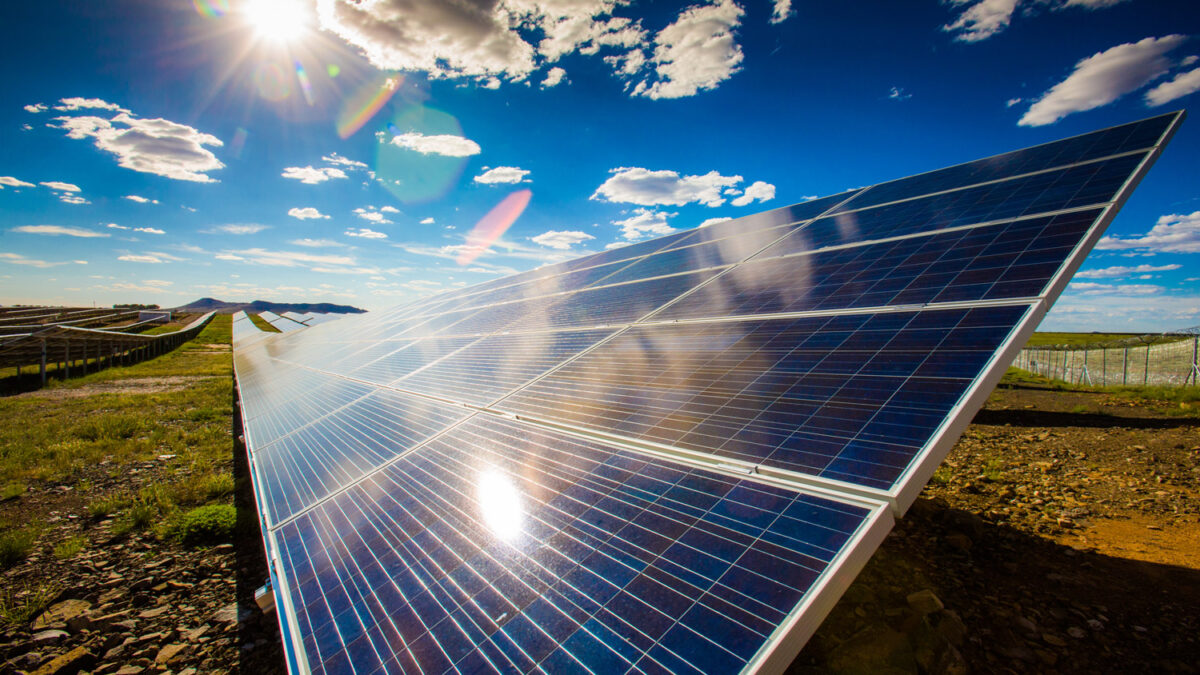Solar panel power production refers to the amount of electricity that a solar panel can generate from sunlight. This is an important consideration for homeowners who are considering installing a solar system, as it determines the size and number of panels needed to meet the energy needs of the home. The power production of a solar panel is determined by its size, efficiency, and the amount of sunlight it receives. Understanding the power production potential of solar panels is important for homeowners to determine the feasibility and cost of a solar system for their home.
Factors That Affect Solar Panel Power Production
There are several factors that can affect how much power a solar panel can produce:
Size of The Panel:
The size of a solar panel is measured in watts and refers to the amount of electricity it can produce. Larger panels typically have a higher power production potential than smaller panels.
Type of Panel:
Different types of solar panels, such as monocrystalline, polycrystalline, and thin-film panels, can have different levels of efficiency and power production potential.
Location and Angle of the Panel:
The location and angle of a solar panel can affect how much sunlight it receives and, therefore, how much power it can produce. Solar panels that are installed in sunny locations and at the optimal angle for the location can have higher power production potential than panels installed in cloudy locations or at less optimal angles.
Amount of Sunlight:
The amount of sunlight a solar panel receives can have a significant impact on its power production. Solar panels that receive more sunlight will generally produce more power than panels that receive less sunlight.
Understanding these factors is important for homeowners to determine the power production potential of a solar panel and to optimize the placement and orientation of the panels to maximize power production.
Average Solar Panel Power Production
The average power production of a solar panel can vary depending on the type of panel and the specific circumstances of the solar panel installation. Here is an overview of the average power production of different types of solar panels:
Monocrystalline Solar Panels:
Monocrystalline panels are made from a single, continuous crystal of silicon and are typically the most efficient type of solar panel, with an average efficiency of 15-20%. A 300-watt monocrystalline solar panel, for example, would produce approximately 300 watts of electricity under ideal conditions.
Polycrystalline Solar Panels:
Polycrystalline panels are made from multiple crystals of silicon and have an average efficiency of 13-16%. A 300-watt polycrystalline solar panel would produce approximately 300 watts of electricity under ideal conditions.
Thin-Film Solar Panels:
Thin-film panels are made from thin layers of photovoltaic material and have an average efficiency of 8-12%. A 300-watt thin-film solar panel would produce approximately 300 watts of electricity under ideal conditions.
To calculate the power production of a solar panel based on its size and efficiency, you can use the following formula:
Power production (watts) = Size of panel (watts) x Efficiency of panel (%)
For example, to calculate the power production of a 300-watt monocrystalline panel with an efficiency of 18%, you would use the following formula:
Power production = 300 watts x 18% = 54 watts
It is important to note that these are just rough estimates and do not take into account the specific circumstances of an installation, such as the location, angle, and shading of the panel. It is recommended to speak with a solar installer or use an online solar calculator to get a more accurate estimate of the power production potential of a solar panel for your specific location.
Maximizing Solar Panel Power Production
There are several ways homeowners can maximize the power production of their solar panels:
Select High-Efficiency Panels:
Choosing solar panels with a high efficiency rating can help maximize the power production of a solar system. Monocrystalline panels are generally the most efficient type of panel, followed by polycrystalline panels and thin-film panels.
Optimize The Angle And Orientation Of The Panels:
The angle and orientation of solar panels can affect how much sunlight they receive, which in turn affects their power production. Solar panels that are installed at the optimal angle and orientation for the location can produce more power than panels that are installed at less optimal angles.
Regularly Clean And Maintain The Panels:
Keeping solar panels clean and free of debris can help maximize their power production. Dust, leaves, and other debris can block sunlight and reduce the efficiency of the panels. Regularly cleaning and maintaining the panels can help ensure that they are operating at peak efficiency.
By taking these steps, homeowners can help maximize the power production of their solar panels and get the most value from their solar system.
Conclusion
The power production of a solar panel is an important consideration for homeowners who are considering a solar system. The size, efficiency, location, angle, and amount of sunlight received by a solar panel can all affect its power production. To maximize the power production of a home solar panel, homeowners can select high-efficiency panels, optimize the angle and orientation of the panels, and regularly clean and maintain the panels. By understanding the power production potential of a solar panel, homeowners can make informed decisions about the size and number of panels needed to meet the energy needs of their home and maximize the value of their solar system.


